

Visit to Bagh Villas: In Search of the Princeton Tiger in Kanha
Being fortunate enough to have gone to Princeton University whose mascot is the tiger, I am proud of being a Tiger alumnus, but I’ve never seen the animal in the wild. A timely invitation to visit Bagh Villas, a luxury jungle camp on the edge of Kanha National Park in Madhya Pradesh, gave me a chance to fill this gap in my travel resume. The last time my photographer friend, Sundeep Kumar, and I had gone in search of the tiger was to Panna National Park, just before the pandemic. We had drawn a blank, but had nevertheless learned a great deal about acceptance of our situation (see my article in The Hindu on Tracking the tigress at Panna National Park). What would this new adventure bring?
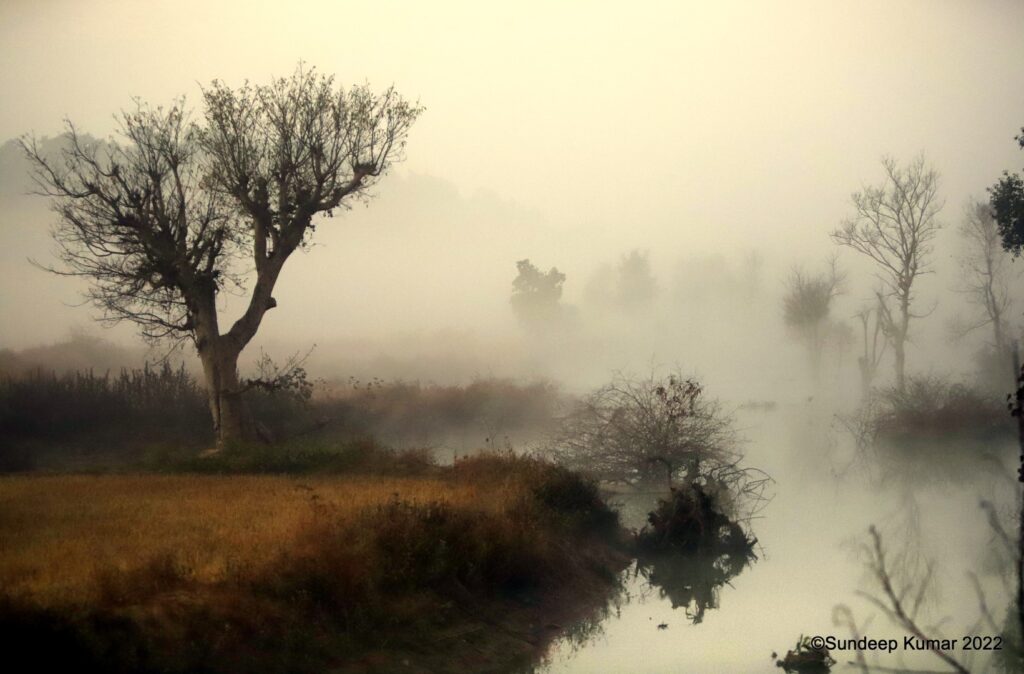

On the face of it, the odds of spotting a tiger in the wild at Kanha are not very good. Kanha is one of India’s largest tiger reserves, sprawling over 940 sq km of core jungle, but with an estimated population of only about 120 tigers. Nevertheless, we set off with much optimism and hope in the first week of December. Actually the best time of year to see tigers in India is from February to April. During the brief Indian spring, temperatures begin to climb so tigers start to gather at watering holes. Also there’s less foliage as the weather becomes drier, so it’s easier to spot these majestic creatures. There is an alternate route from Raipur which is about the same distance but over a much better road.
An overnight train journey from Delhi to Jabalpur, and then a 3.5-hour road trip over 170 km on a bumpy one-lane state highway, brings us to Bagh Villas.
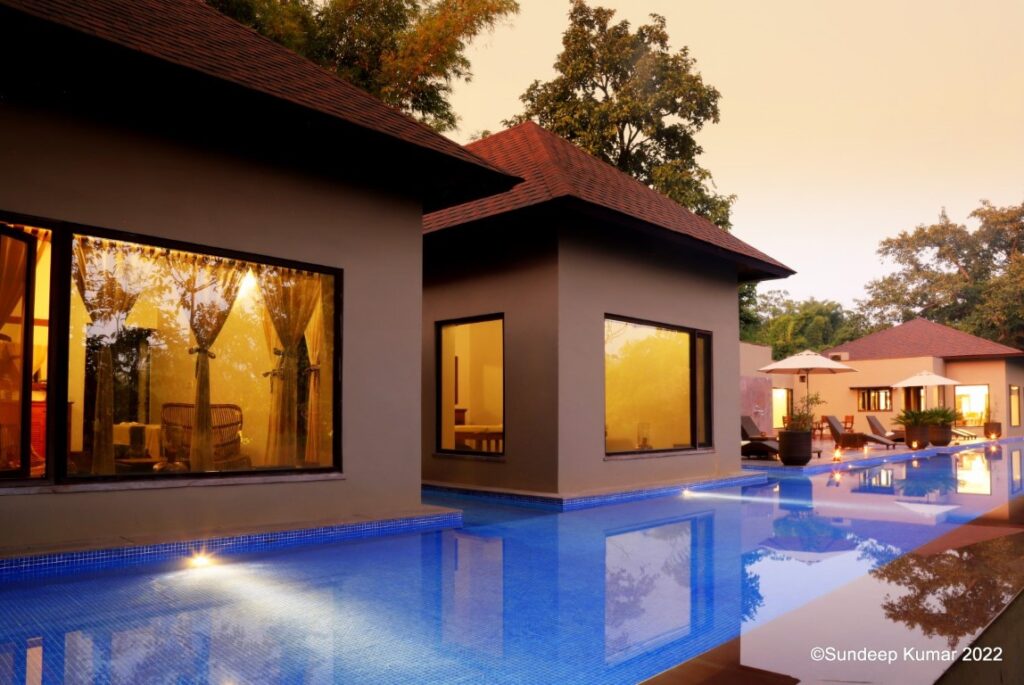

We are greeted by a smiling staff, who offer us hot towels to wipe away the sweat and grime of the journey and refreshing cool nimbu pani to quench our thirst, and are then escorted to our luxury shikar tents of which there are only eleven.
Each tent has a wooden balcony that fronts onto the artificial lake which has been formed on the 15-acre property through excavation work. On the far side runs the edge of the core tiger reserve area. It’s a wonderful setting, perfect for sitting and admiring the stunning vista before you. It’s like having the best seats in the house while waiting for the sun to go down and the diva to make her majestic entry on this darkening jungle stage.
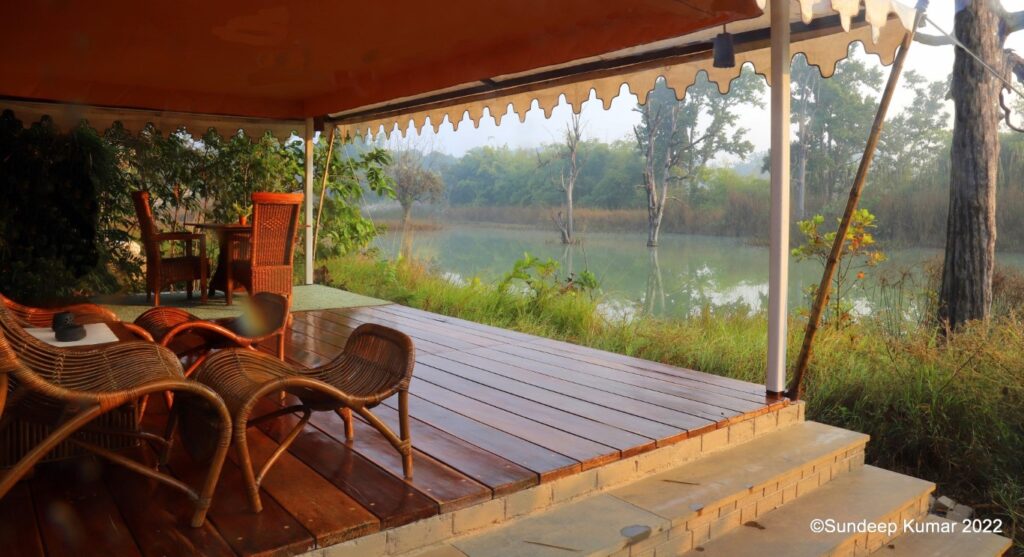

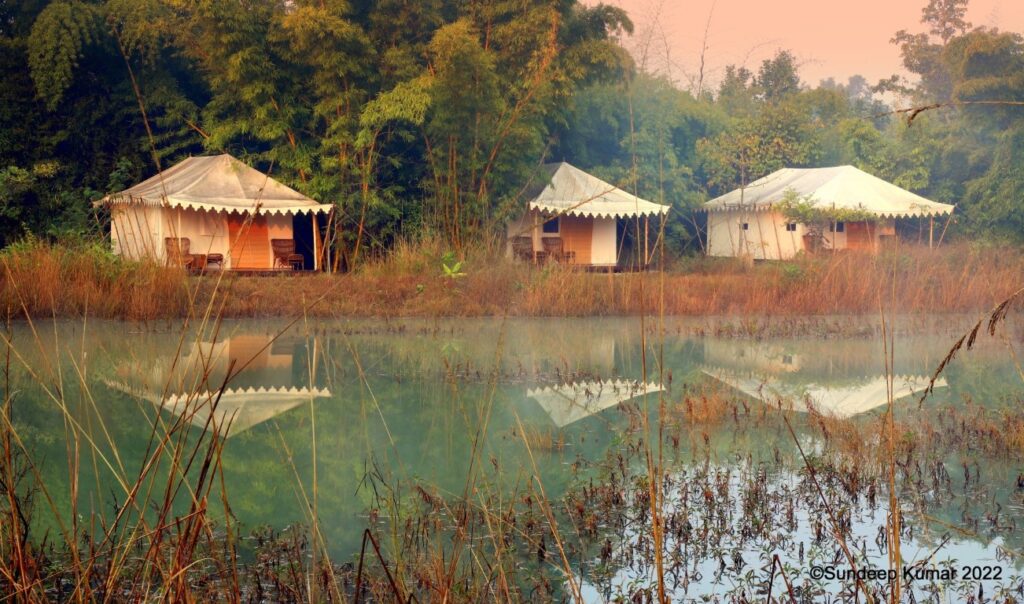

Inside, the tents are spacious and comfortable, and fitted out with every modern amenity. The double bed, chair and desk, and the shower stall are all made of dark polished bamboo and rattan imported from Indonesia. Small touches like the hot water bottle slipped below the covers at night are an unexpected pleasure. I’m always looking for—and impressed by—good lighting and conveniently located plug points, and here I was not disappointed. Energy efficiency is ensured by using 3M insulation which keeps the insides cooler, and the showers are solar-heated.
The next morning, we are up at the crack of dawn and head towards the Mukki Gate, 7 km away, an entry point into the Kanha National Park. Wreaths of mist hang over the still waters of the ponds and lakes, like ghosts reluctant to take their leave. Minutes later, we join the double line of Maruti jeeps and canters, all stacked up like an F1 Grand Prix race start. The sense of anticipation and excitement is palpable among the safari enthusiasts, huddled against the cold under their blankets, and a muted chatter fills the air.
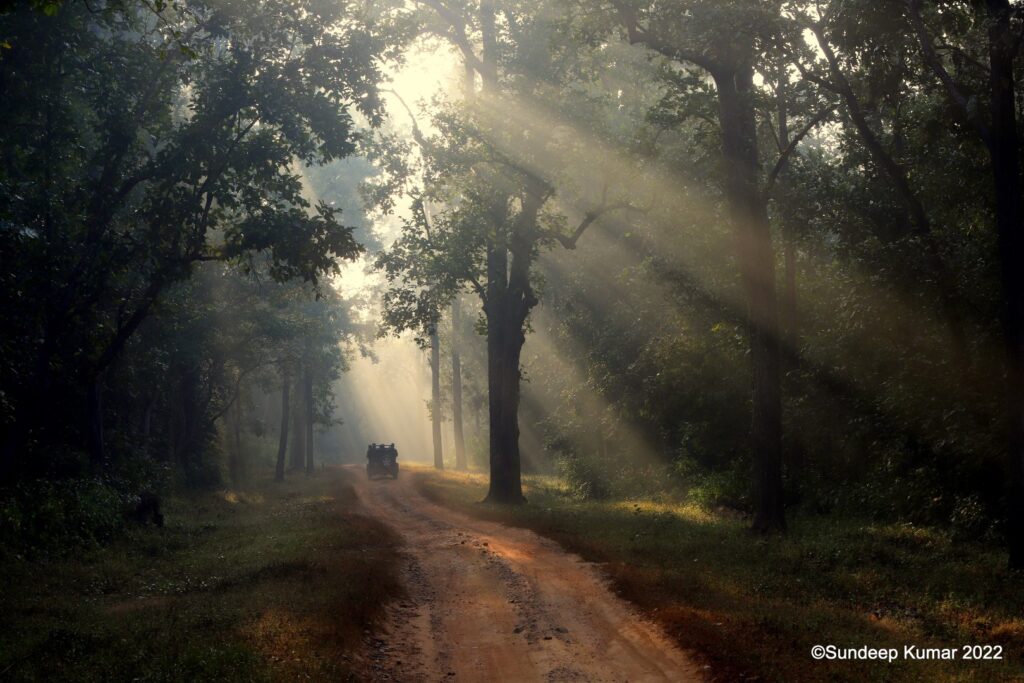

And then having paid the steep fee of Rs 12,000 per vehicle, the engines sputter into life and we are off into the dense jungle of tall sal trees, interspersed with other endemic deciduous species like saja, mahua, doomar, and harra.
For a change, we are in luck and soon come across a group of jeeps, with their passengers peering and pointing across the tall grass to a thicket of trees about 15 metres away. There at the base we can make out the top of a massive striped head of a fully grown male tiger and a pair of glittering cat eyes blazing out a warning at us not to approach too near. In the ensuing hush, the tiger gets to his feet and ambles off towards a nearby stream, crossing it nonchalantly and disappears into the undergrowth.
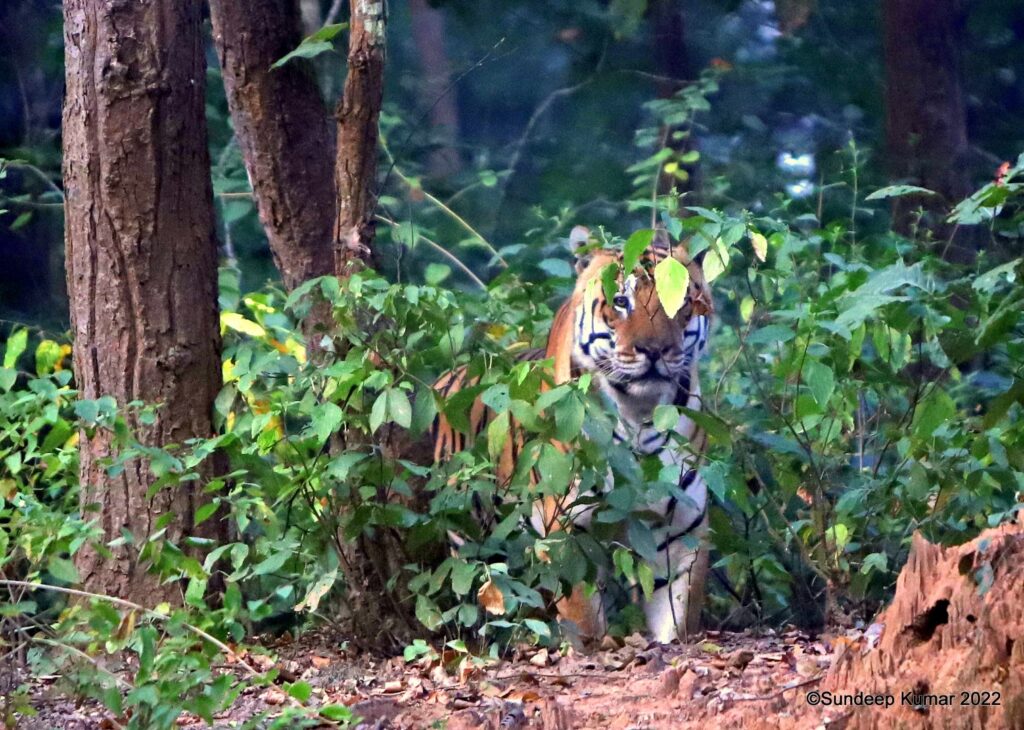

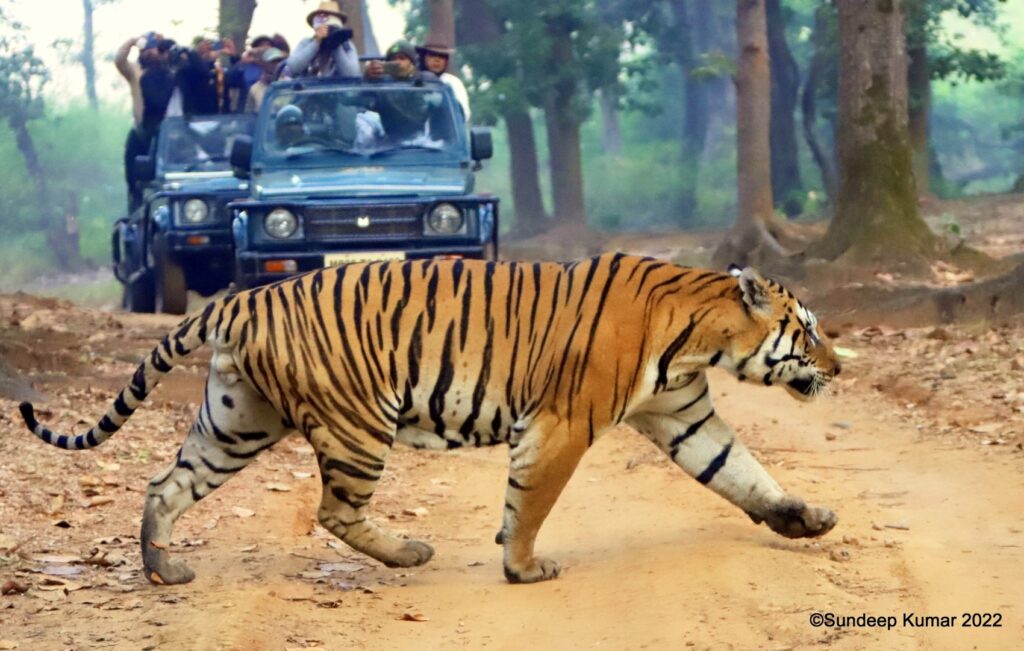

I think that the show is at an end, but here the extensive knowledge and experience of our accompanying guide and naturalist, Shrikanth Nayak, comes into play. He reverses the jeep quickly and expertly and backs up about 100 metres into the forest from which we had emerged along with the convoy of other vehicles. Apparently, each tiger follows its own self-defined circuit within the jungle, being creatures of habit, and we are now directly in its path. Shrikanth backs up some more and leaves a gap of about 30 metres between us and the next vehicle to give the animal space to cross. Again, a hush spreads over the waiting camera-wielding safari goers. The only sound is the harsh cry of the langur, safe among the treetops, and joined by a nervous call of alarm from a hidden chital. Sure enough, there is a rustle in the undergrowth and the king of the jungle comes down the line, inspecting his guard of honour before quickly passing through the gap and disappearing into the undergrowth again. He is truly a majestic creature and the sighting is an awe-inspiring one for the thrilled visitors.
Tiger sightings being what they are, as rare as a visitation with the Pope, it is no surprise that we have no further luck on the remaining two safaris into Kanha. But the jungle is full of creatures, big and small, and there is plenty to keep us entertained. A collection of gently swaying dead branches near a small water body turns out to be the elaborate horns of a herd of barasingha feeding on aquatic plants hidden by the tall reeds. A cluster of black-faced langurs of all shapes and sizes pair off and busily pick lice out of each other’s hair, like the habitues of a self-help beauty salon. A lone jackal hurriedly trots down the car track towards us, veering off into the bush to avoid us and then resumes his journey, getting back on track, without so much as a sidelong glance.
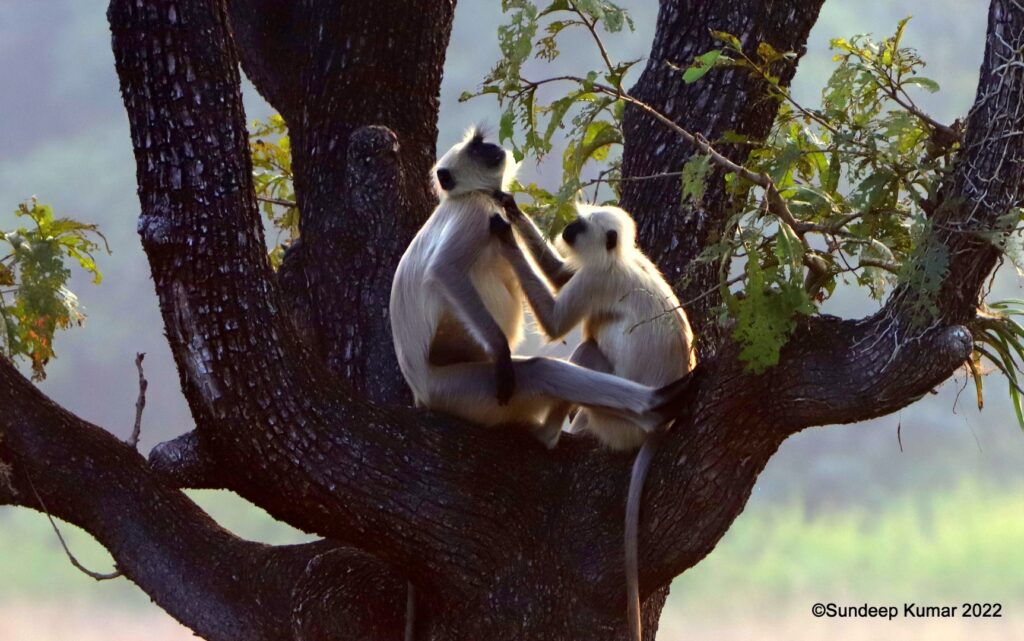



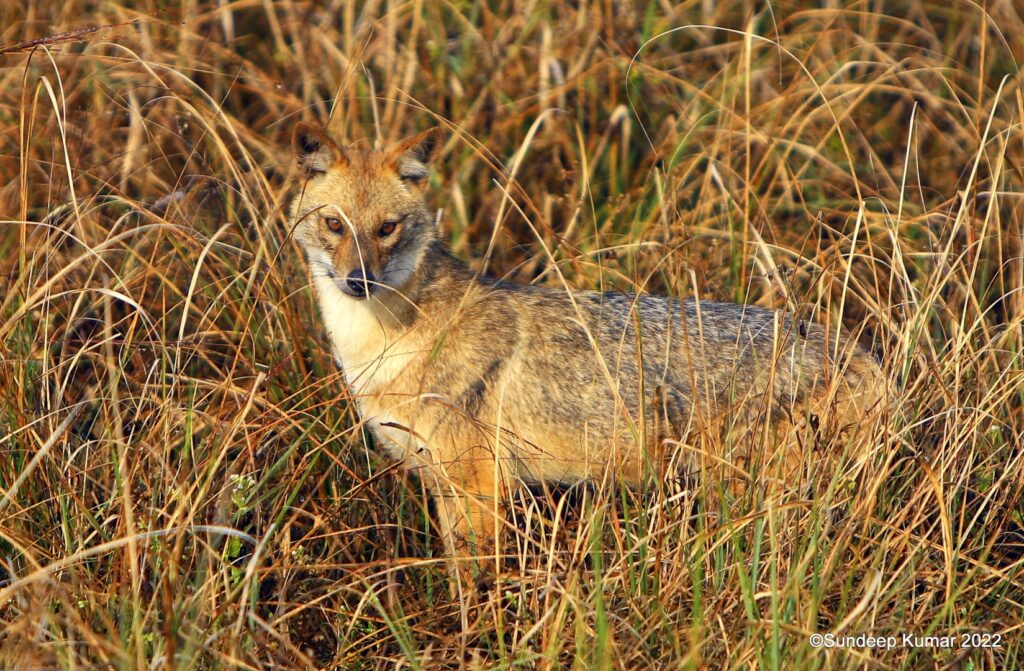

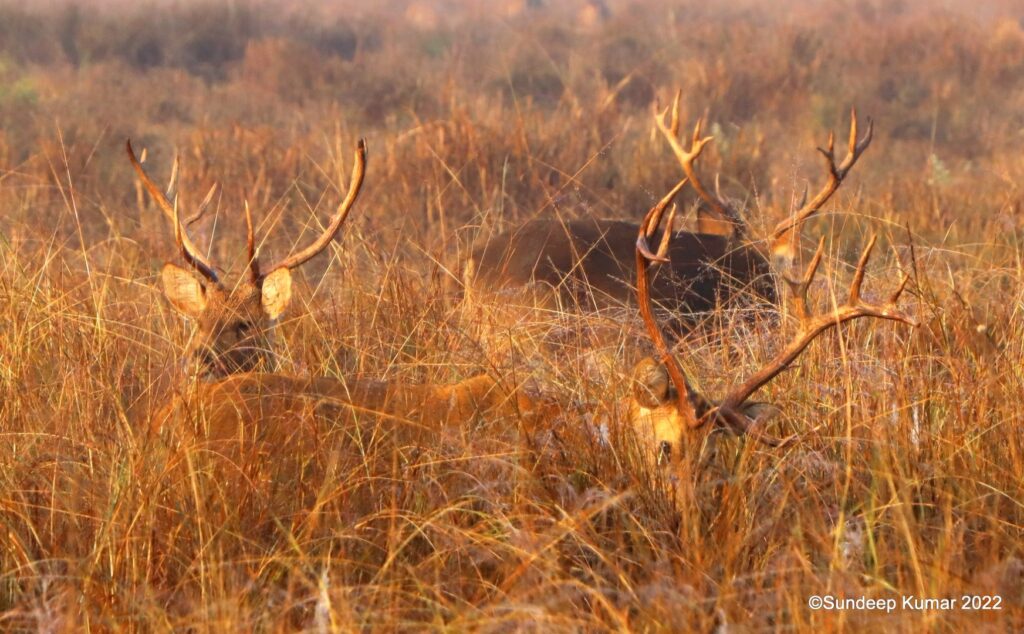

The most impressive thing about Bagh Villas is that right from the get-go it has been designed and built with a singular driving focus on sustainability. In the words of Iskander Lalljee one of the three founders, “Sensitivity to the environment has been our overriding aspiration and every aspect of Bagh Villas reflects this”. After purchasing the land in 2006, the owners took a conscious decision to minimize the carbon footprint, and land usage for the resort was limited to only 5 per cent. Over the years, close to 15,000 clusters of native bamboo, more than 500 sal trees, and innumerable other native and local fruit trees have been planted to create a robust ecosystem. This provides not only a canopy of diverse tree species over the remaining 95 per cent of the resort’s area, but also a home for various birds and other animals. The entire complex runs on solar power supplied by solar panels with an installed capacity of 80KW. Of this, the resort is a net supplier of 30 per cent to the state grid, a first for this part of the Kanha National Park. Room air conditioners, LED lighting, common area cooling, and back-up power generation systems are state of the art in terms of energy efficiency.
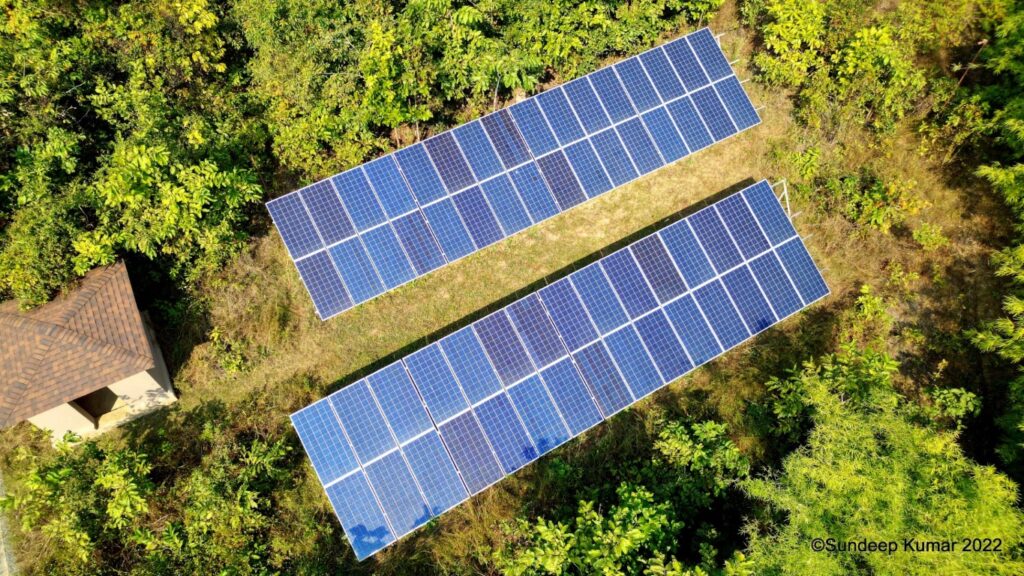

The food at Bagh Villas is wholesome and healthy, much like ghar ka khana, with rice, chapatis, dal, a couple of local sabzis,and a delicious chicken curry. Here again sustainability comes into play because the vegetables and poultry all come from the resort’s own organic garden and free-range enclosure. Any additional requirement is sourced directly from staff members, giving them an additional stream of income and an incentive to go organic. Biodegradable kitchen waste is composted aerobically and the resultant end-product is used in the kitchen garden, thus completing the cycle of sustainability. Pure RO drinking water is served in glass bottles to guests, thus saving on huge amounts of plastic waste every year.
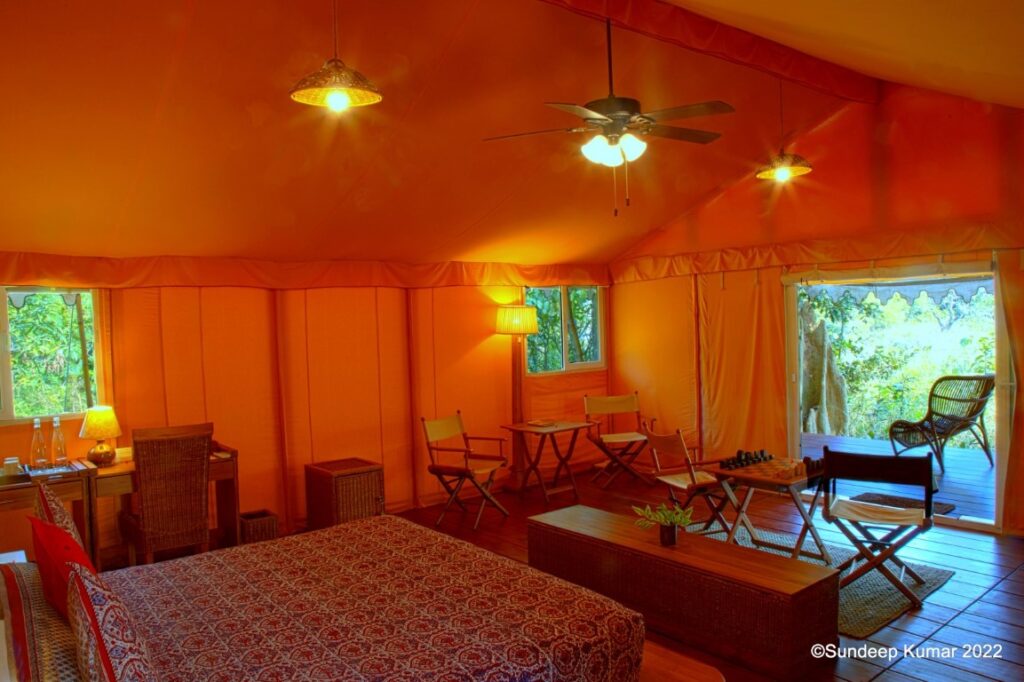

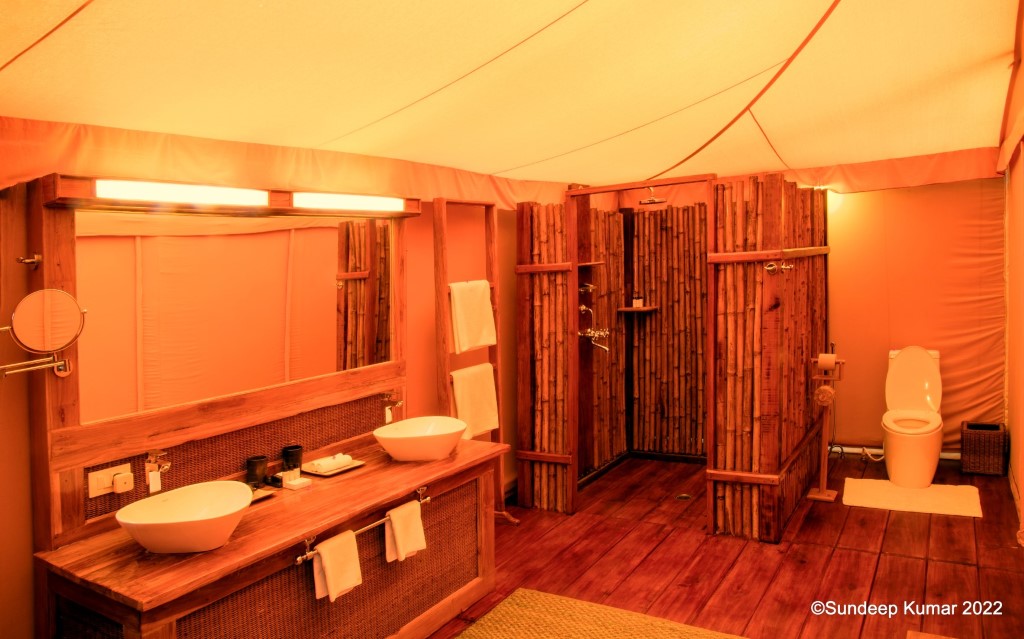

Bagh Villas offers some wonderful trails for walks and cycle rides for those eager to explore the surrounding countryside, lakes, and villages. I would highly recommend this as a break from the rigours, and often unmet expectations, of back-to-back safari drives in search of the elusive tiger. Or you could relax in their infinity pool with a splendid view of the lake and jungle directly in front of it.
As we stroll through the neighbouring village of Baherakhar in the evening, I notice that the homes are well built, with proper mud walls and red tiled roofs, and most also have a mezzanine floor for storage. The village is clean and well maintained, and the residents are used to visitors from Bagh Villas wandering about. Beyond the village, the light of the setting sun is reflected off the placid surface of an artificial lake formed by a bund and intended to store runoff water for water management in the dry season.
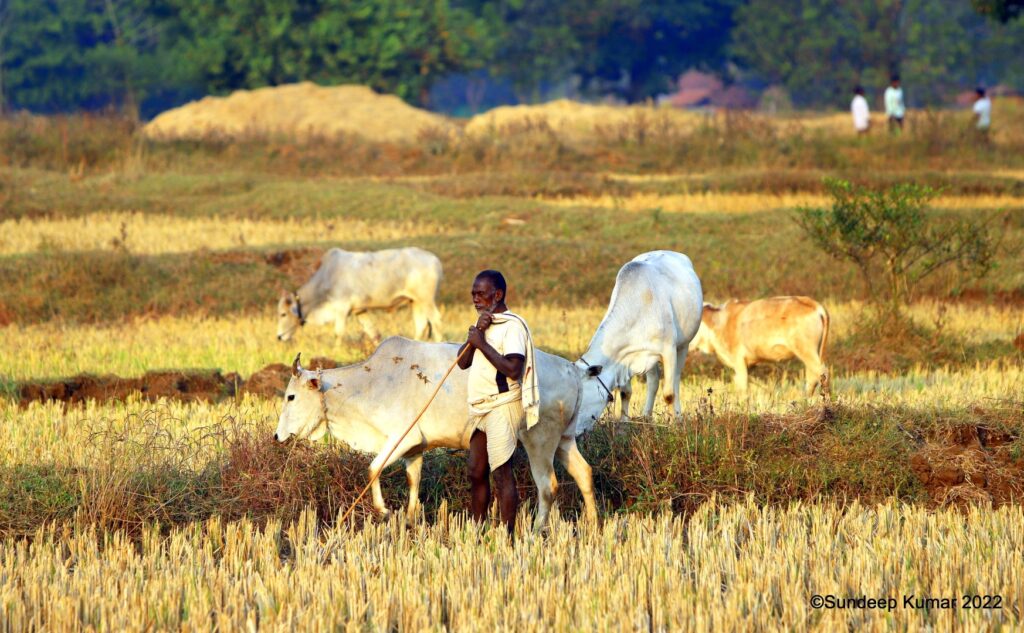



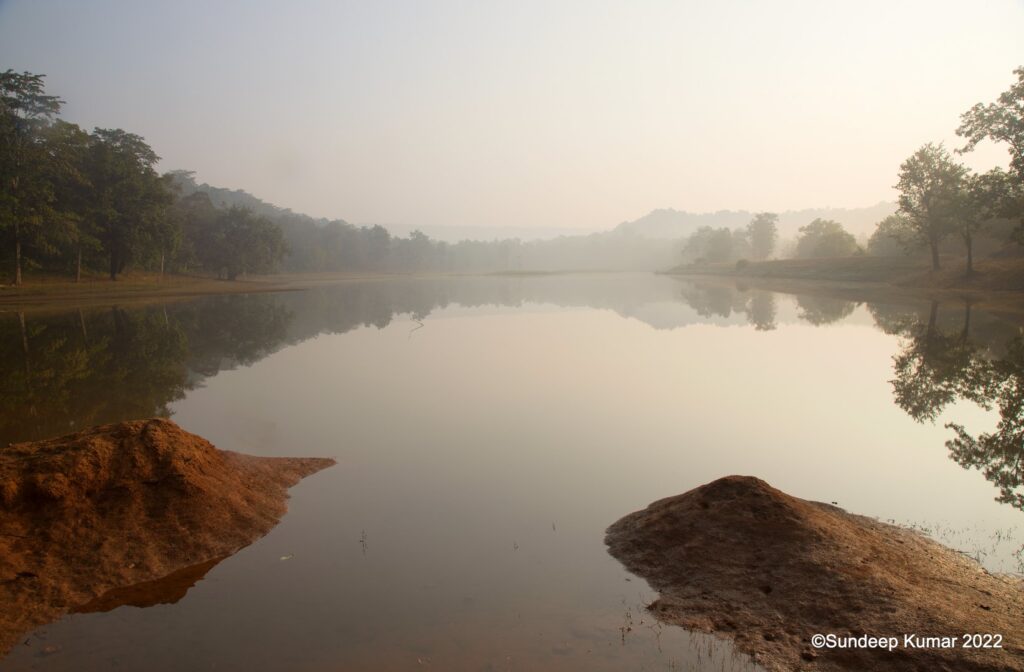

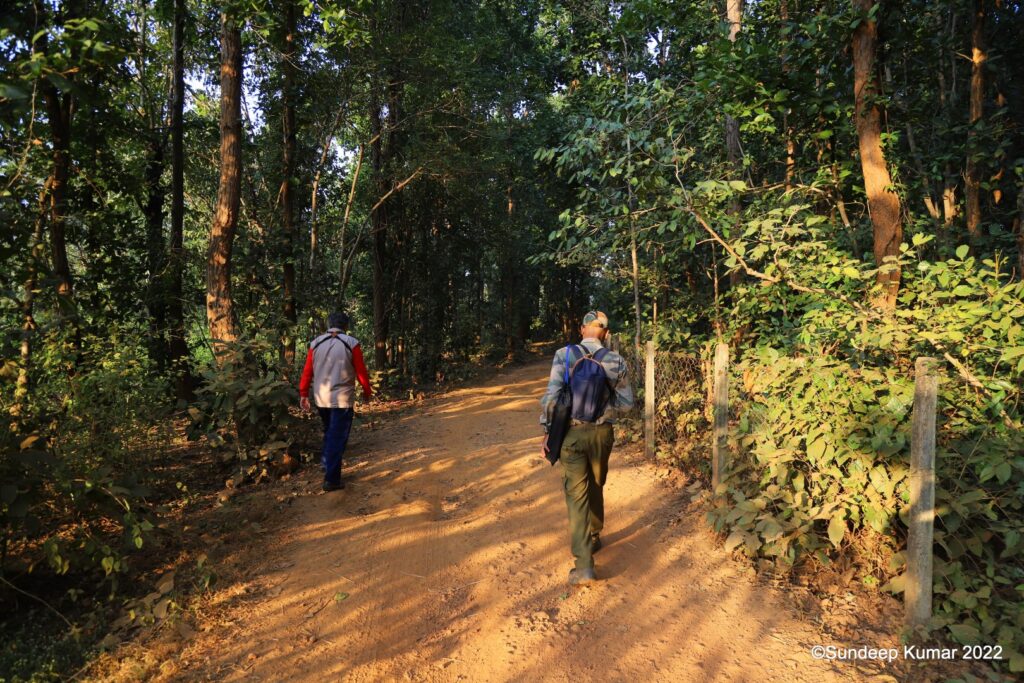

Bagh Villas has integrated itself well within the local community, with twenty-six of its thirty staff members hailing from the area. It also sources its additional requirements of vegetables and fruits locally, while giving back in the form of saplings grown in its nursery, which are distributed among the villagers for replanting and regenerating the forest cover.
You can book your stay at Bagh Villas here: https://www.baghvillas.com/
![]()
![]()

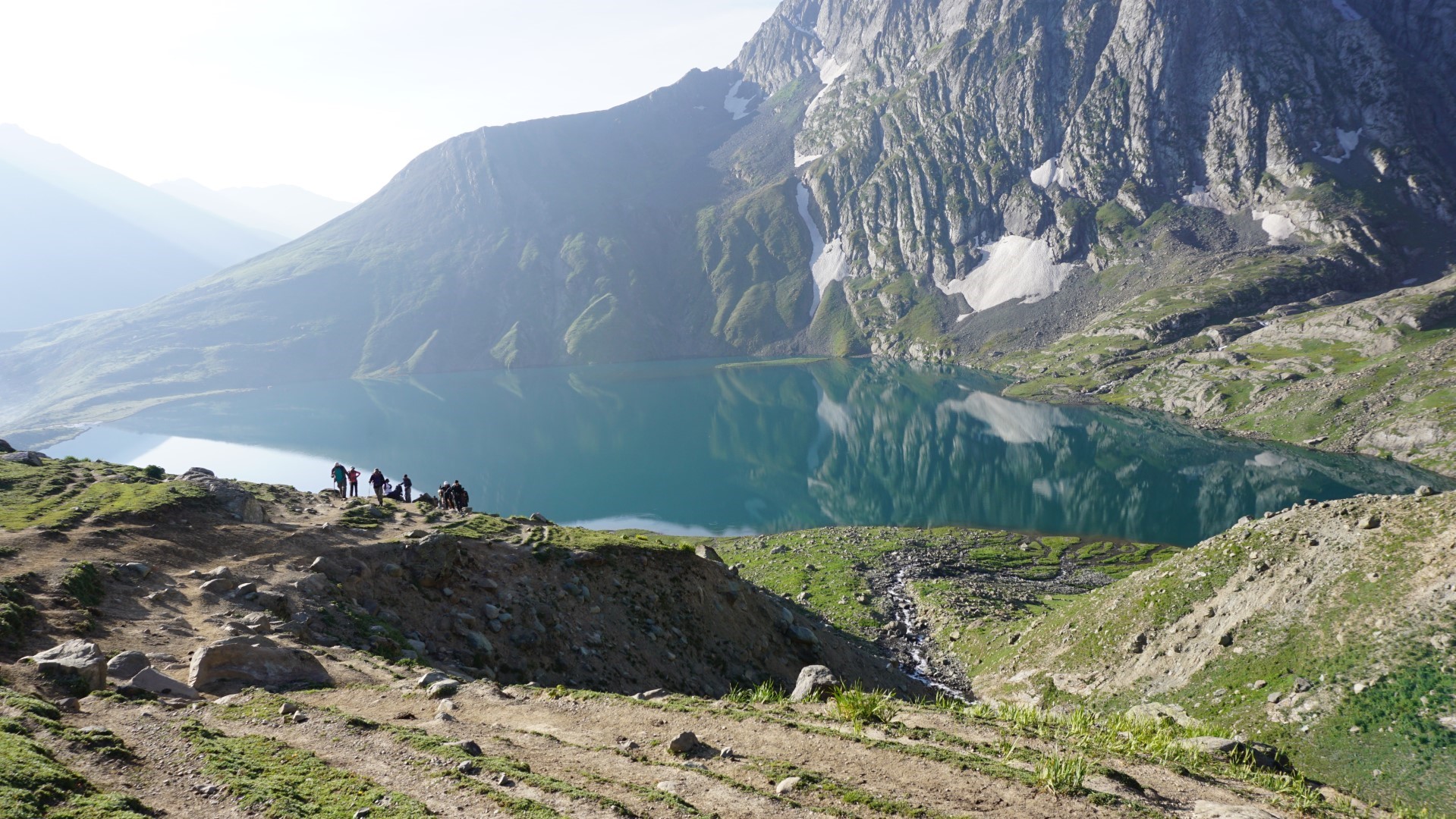
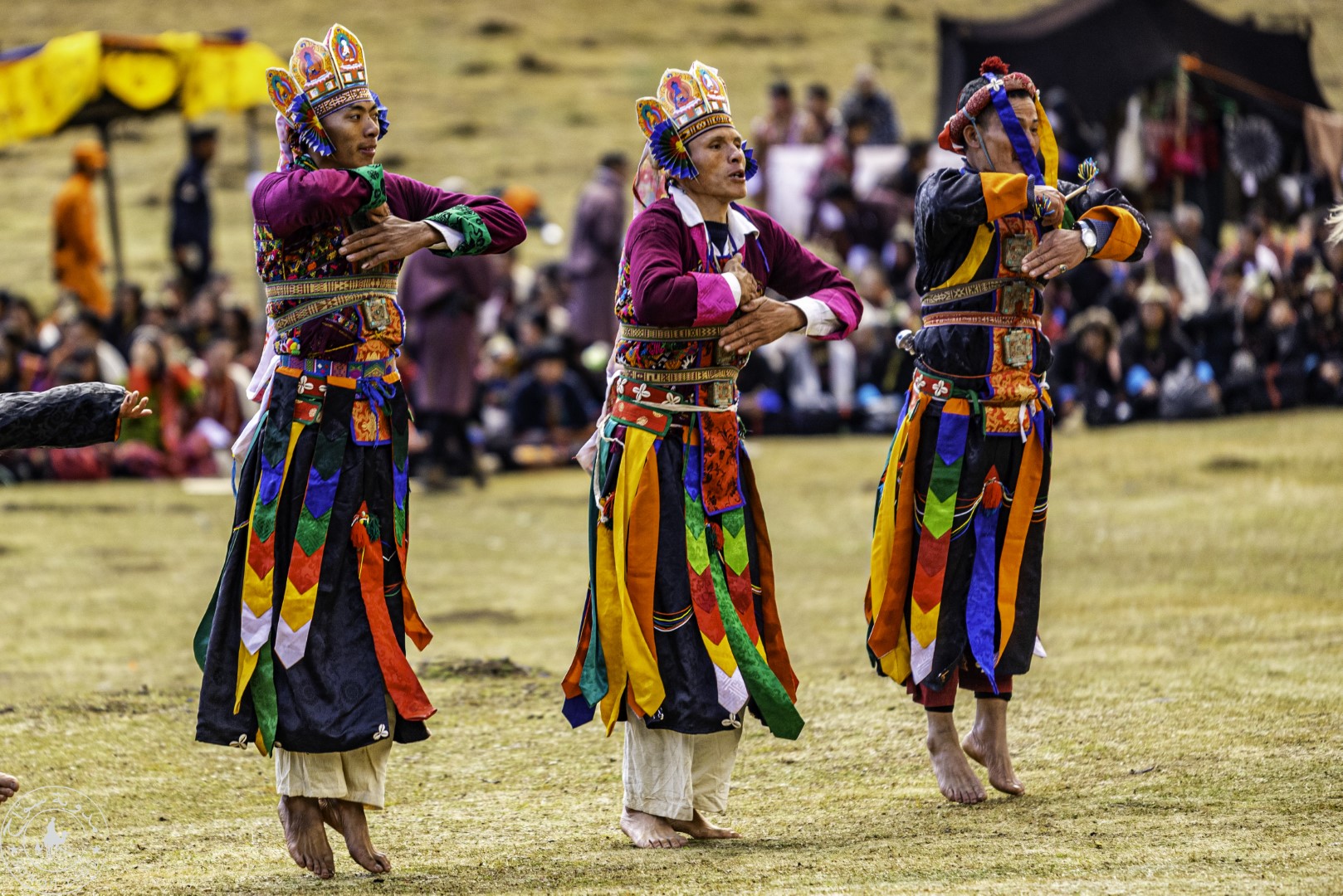
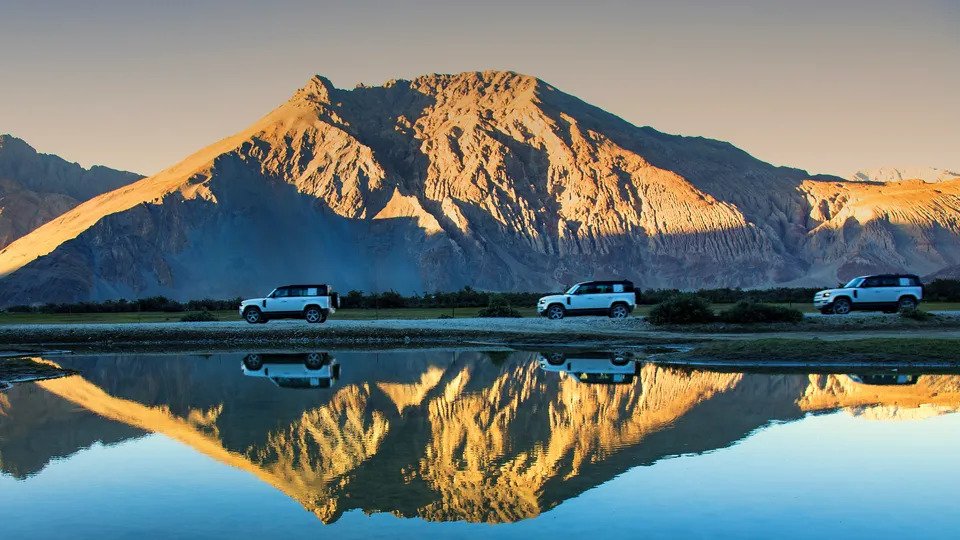

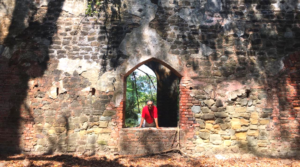

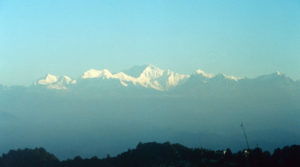
Added this place to my bucket list. Well written piece.
Thank you so much ! Glad you enjoyed it 😊
A great read! We recently visited Panna and to our absolute delight saw Tigress P-151 sauntering along; have been similarly lucky at Bandhavgarh and Corbett!
Merry Christmas and a great 2023 to all the Pals
Chand and Suvira
Thank you and sorry for the late reply ! I think you have been having more than your fair share of luck. Let’s hope it doesn’t run out too soon…….but beware that day will come……….LOL I would say Bandhavgarh and Tadoba are the best in India for tiger sightings based on the expert opinions of others.